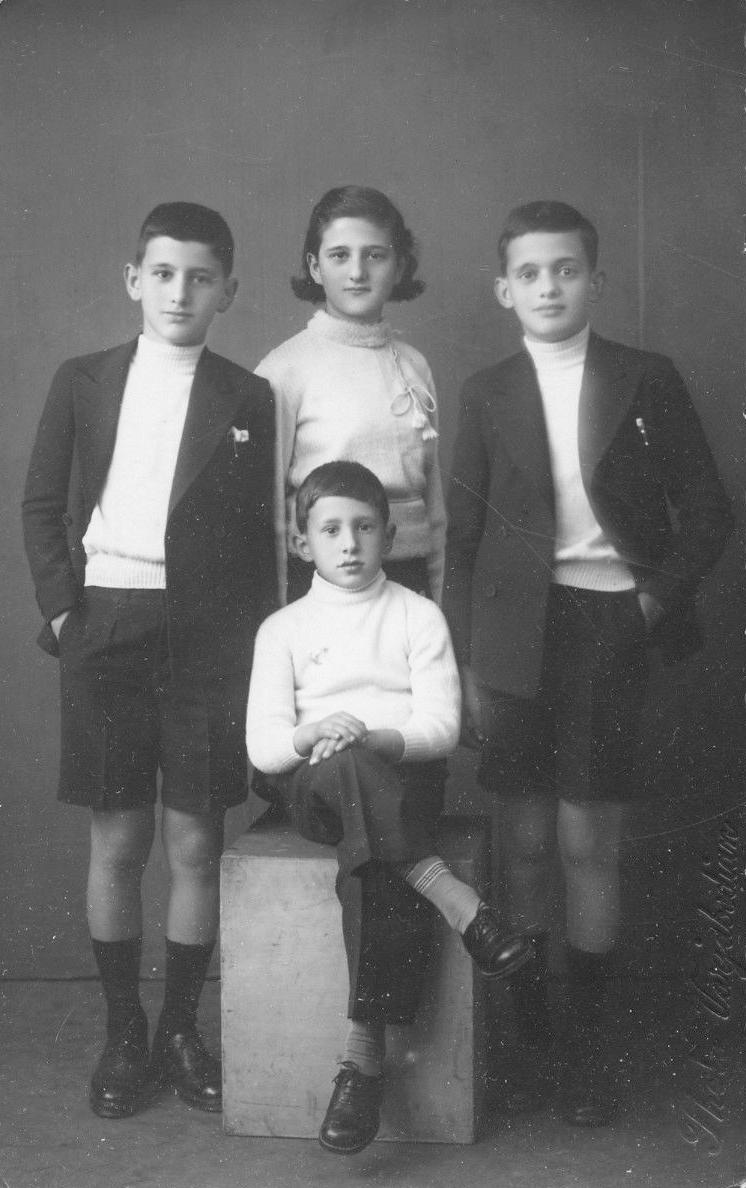
Figure 1.--Here we see Greek children in Zagazig, Egypt during the 1930s. Zagazig is a small city in the Delta. The photographer was Varjabedian, an Armenian studio. |

|
Data on Greeks in Egypt is confusing. We see one estimate of 0.3 million Greeks making it the country's largest ethnic minority with exception of the Bedouin. Other sources suggest only a fraction of this number. There is a long historical relationship betweem Egypt and Greece. Greeks have lived in Egypt since ancient times when they were an important trading people. Egypt was a wonder to the ancient Greeks and an important influence. The Greeks were a trading and sefaring people and as a result had early contacts with the Egyptians. The cultural and academic contacts between the two peoples were an important aspect of the current Mediterranean mosaic. Early Greek art shows a strong Egyptian influence. Alexander the Great of course brought Greek rule to Egypt and after his death, a Greek dynasty (the Poltolmies) ruled Egypt until after Ceasar's asasination, Octavian defeated Anthony and Cleopatra and annexed Egypt into the Roman Empire. Since that time, the Greeks have remained culturally, linguistically, and religiously separate from the larger Egyptian socuety. This continued after the Arab invasion (7th century). The majority of Egyptian Greeks lived in Alexandria and to a lesser extent Cairo. We see, however, Greek communities in many smaller cities as well. They tended to remain culturally destinct from the Egyptian people, especially after the Arab Islamic conquest. The Ottioman Empire conquered both North African and the Balkans. This mean groups like the Armenians and Greeks could freely move to Egypt. The major Greek presence ended in the aftermath of the Egyptian Revolution of 1952. Egyptian officials forced many to leave ending the unique relationship. Nassar and other Egyptian nationalists as well as Muslim clerics were convinced that expelling the Jews would benefit Egypt. This additude although not as extreme has affected other minority groups, especially non-Muslim groups like the Greeks. In fact the expelling of many talented individual, was one factor in the abject failure of the Egyptian economy. Unfortunately, many Egyptians like Arabs in genheral do not understand the value of tolerance and diversity and are intent on making Egypt a uniformally Muslim country with little or no diversity of thought and behavior. The exodus of Greeks from Egypt started before the revolution of 1952. The rise to power of Gamal Abdel Nasser, rise of Pan-Arab nationalism, and the subsequent nationalisation of many industries (1961-63) caused thousands of Greeks to flee the country. Major destinatins were Australia, the United States, Canada, South Africa, Western Europe, and Greece. Many Greek schools, churches, small communities and institutions subsequently closed, but some still continue to function to this day. The Nasser regime saw a big exodus of the Greeks from Egypt, but most of the minority left the country either before or after the period 1952-1970. The Greek community may now only amount to 5,000 people. Paartly because of this, as oneauthor writes, "Alexandria, once the pulsing cosmopolitan heart of the Arab World, is now the base of Egypt’s Salafists, a hardline Islamist movement ...." [Traub]
Traub, James. "The lighthouse dims," Foreign Policy (2018).
HBC Chronolgy Pages in the Boys' Historical Web Site:
[The 1880s]
[The 1890s]
[The 1900s]
[The 1910s]
[The 1920s]
[The 1930s]
[The 1940s]
[The 1930s]
[The 1940s]
[The 1950s]
[The 1960s]
[The 1970s]
[The 1980s]
Related Style Pages in the Boys' Historical Web Site
[Smocks]
[Long pants suits]
[Knicker suits]
[Short pants suits]
[Socks]
[Eton suits]
[Jacket and trousers]
[Blazer]
[School sandals]
[School smocks]
[Sailor suits]
[Pinafores]
[Long stockings]
Navigate the Boys' Historical Clothing Web Page
[Return to the Main Egyptian European minority page]
[Return to the Main Egyptian minority page]
[Return to the Main Egyptian page]
[About Us]
[Introduction]
[Activities]
[Biographies]
[Chronology]
[Clothing styles]
[Countries]
[Bibliographies]
[Contributions]
[FAQs]
[Glossaries]
[Images]
[Registration]
[Tools]
[Boys' Clothing Home]
